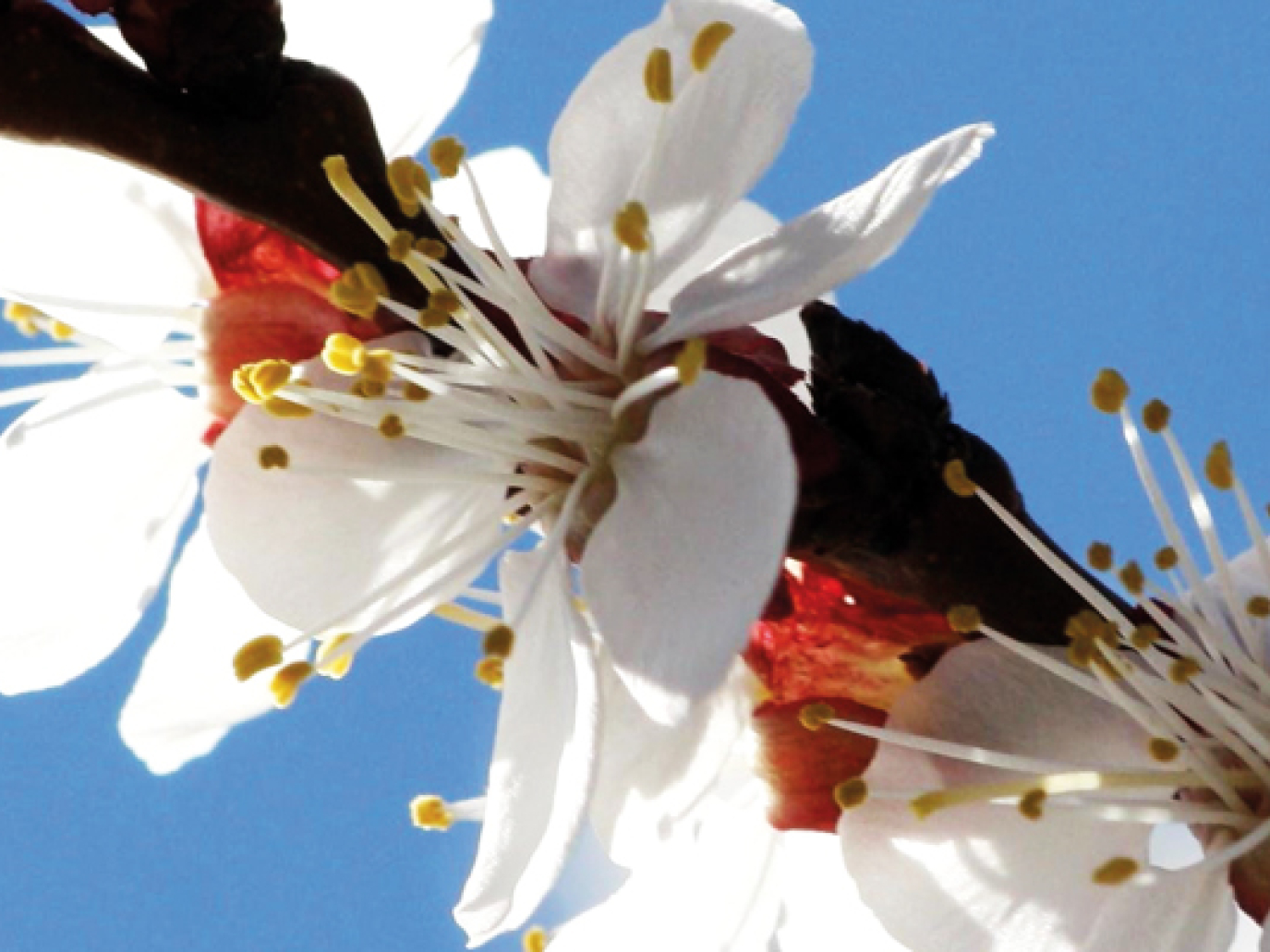Apricot and peach kernels, salt used for salting meat: since February 2017, in Emilia Romagna, they have no longer been considered special waste to be disposed of, originating from the processing phase of the agribusiness, but they have officially been upgraded to the status of by-products. In other words, potential materials to re-use in other production supply chains or for other purposes. And since March, black liquor has been added to the list of matter recovery products. Black liquor is the liquid substance generated by the paper industry as a residue of wood leaching into the pools where pulp to produce paper is obtained. So, even this waste will enjoy a post mortem life.
In relation to innovative measures supporting the circular economy, Emilia Romagna is still at the forefront. On this occasion it has drawn up a regional list of by-products re-usable as secondary raw materials and/or biofuels, a unique tool in Italy, at regional level.
In particular, the files validated by the Region highlight by-products deriving from them for each of these production processes. For example, from peach and apricot kernels, the so-called “bitter almonds” used in the confectionery industry to produce biscuits and other baked products and in the cosmetic and pharmaceutical sectors, while the external shells and the whole stones can be used as biomass as a fuel source and in plants for the production of biogas. In addition, stones are sent to a special manufacturing industry that carries out the shelling, i.e. the separation of almonds from their shell, an intermediate phase between pitting taking place in the jam and juice industries, for example, and the end use of empty shells and almonds in other production cycles. As for the surplus of salt used in salting processes and the residues deriving from the ensuing desalting when aging is complete, it will be used for road gritting.
Last, black liquor – recognized at community level as an energy product and included by the Ministry for the Environment amongst combustible substances – through an evaporation process occurring in paper industries a high-density oil with a high calorific value will be obtained, usable both in anaerobic digesters to produce a biogas particularly rich in methane molecules, and directly in furnaces as biofuel.
“We were not moved by the urge to be top of the class when we drew up the regional list of byproducts,” points out with modesty Cristina Govoni, manager for the legal service of the environment, waste, reclamation of contaminated sites and environmental public services of the Region, “but we were prompted by the representatives of business associations that, on the basis of their knowledge about the availability within the region of various by-products and their need to include them in the list to snatch them from their destiny as waste to dispose of. Such factors were crucial in the establishment of supply sectors to be certified.”
The production processes to be certified are actually selected by the permanent committee for by-products made of Confindustria (Italian Industrial Federation), Coldiretti (Federation of Italian Farmers), Tavolo Regionale dell’Imprenditoria (Regional Roundtable of Entrepreneurs), the so called “Tri,” whose members include CNA (National Federation of Artisans), Confcommercio (Confederation of Enterprises, Profession and Self-Employment), LegaCoop and Confcooperative, Regione and Arpae (the agency of the environment and energy). It is a specific concerted table implemented in compliance with a regional law number 16 on the circular economy of September 2015 aimed at defining technical and management good practices that, in compliance with current national laws on waste, will be able to allow businesses to single out certain by-products within the various production cycles. In line with the priority of the law – prevention of waste production – the advantage is twofold: on the one hand companies can market their by-products while avoiding the economic burden of having to dispose of them; on the other, other companies can take advantage of them by using them as secondary raw materials or biofuels.
The list is open for registration to all regional businesses whose production process and ensuing substances or objects are in line with current national rules and regulations for by-products. A company must present a report showing technical characteristics of the substance or objects and production process originating it, the plant or the type of operation and management, in order to prove compliance with all conditions established by law (see art. 184 bis of Dlgs 152 of 2006).
In order to promote online registration, the Region has set up an on-line application procedure. After the regional technical assessment aimed at checking compliance with all legal requirements, the company is issued a certificate proving the registration in the list. Such document can be used, for example, while goods are being transported as a sort of ID certifying the nature of the by-product of the transported material. Clearly, should a third party authority notice any illegalities, normal sanctions would apply.
“The procedure we introduced is not by any means intended as exhaustive, so there may be by-products not registered in the regional list,” highlights Govoni. “Those registered benefit from a sort of public validation of compliance with the law, thus giving entrepreneurs of a certain supply chain a certain peace of mind,” she claims. “The legal framework of the regional list of the by-products is still the ministerial decree 264 of 13th October 2016,” points out Govoni. Come into force 2nd March 2017, such decree intends to “promote the use as by-products of substances and objects deriving from a production process and that meet certain criteria,” as well as to ensure better consensus in the interpretation of the application of the definition of “waste,” stating that “the ways through which the owner can show the general conditions of a by-product are met,” as “production residue which does not constitute waste in compliance with article 184-bis of legislative decree of 3rd April 2006, n. 152.”
Furthermore, decree 264, with article 10 (“Platform of exchange between supply and demand”), entrusts Chambers of Commerce with the task to promote the trade and exchange of by-products by setting up a dedicated list where producers and users of by-products can register with no costs involved.
In such legal framework, which is the “business name” the list is based on, “the Region is doing another thing and is taking a further step forward,” highlights Govoni. If the national law establishes legal norms according to which a production derivative can be classified as a by-product, “the regional list works as an added tool aimed at promoting the knowledge of such opportunity.” In other words, through the activity of the permanent committee where entrepreneurs on the one hand and certification of production processes of by-products on the other are represented, the relevant supply chains are made aware that what could be mistaken for waste, if acting according to the law, actually are legitimate by-products.
After only a few weeks from its coming into force it is clearly impossible to assess the impact the list will have for the reduction of waste production. Only time will tell: Emilia-Romagna region expects that by 30th June of each year the registered companies will send a report with data on by-products originated by the previous year’s production process. The countdown has started.
Deliberazione della Giunta Regionale Emilia Romagna 21st December 2016, n. 2260, Introduction of a Regional list of by-products, www.reteambiente.it/normativa/27988
Determinazione dirigenziale Emilia Romagna, 31st March 2017, n. 4807, Approval of a Data Sheet for black liquor, www.reteambiente.it/normativa/28855
Determinazione dirigenziale Emilia Romagna, 13th January 2017, n. 349, Approval of a Data Sheet for peach and apricot kernel by-products, www.reteambiente.it/normativa/28256
Dlgs 3rd April 2006, n. 152 “Norme in materia ambientale,” www.reteambiente.it/normativa/2099
Decreto 13th October 2016, n. 264, www.reteambiente.it/normativa/28331
S. Zamboni, “Regions and the Circular Economy,” Renewable Matter n. 8/2016; www.renewablematter.eu/art/173/Regions_and_the_Circular_Economy
Info



